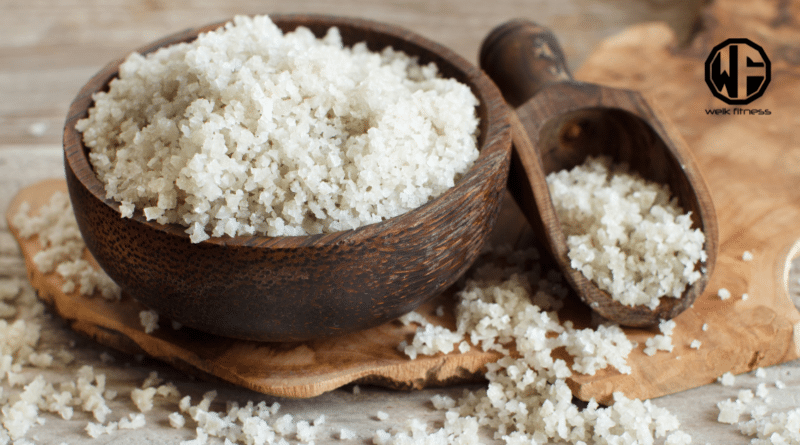Celtic Salt vs. Pink Himalayan Salt: Which is Healthier?
Navigating the sea of options between Celtic Salt and Pink Himalayan salt can feel like a culinary odyssey. You’re on the quest for not just an enhancement to your meals but also a choice that aligns with your health goals.
There seems to be this notion that you shouldn’t pick up your salt shaker to use on your whole foods. Yet, there are many potential benefits to using salt.
It’s false that salt is salt and that you should watch your salt intake (assuming you’re healthy there’s no reason to do such as salt helps with many things, including hydration). There is a massive difference between sea salt and table salt — and you can even toss in kosher salt. The kind of salt absolutely matters if you’re looking for health benefits.
It’s a common crossroads, and I understand the need for clarity amidst the swarm of differing opinions. Is there a true winner here? Should you use both? Plot twist… is neither a good option? Well, we know that’s not the case, but let’s continue.
Related Article: Genetically Modified Food — Are There Health Risks?
After going down the rabbit hole to compare these two beloved salts — diving into their mineral content, flavor nuances, and impacts on well-being — I’ve uncovered some enlightening facts.
For instance, it might surprise you to learn that Celtic Sea Salt® is lower in sodium yet richer in magnesium than its Himalayan peer.
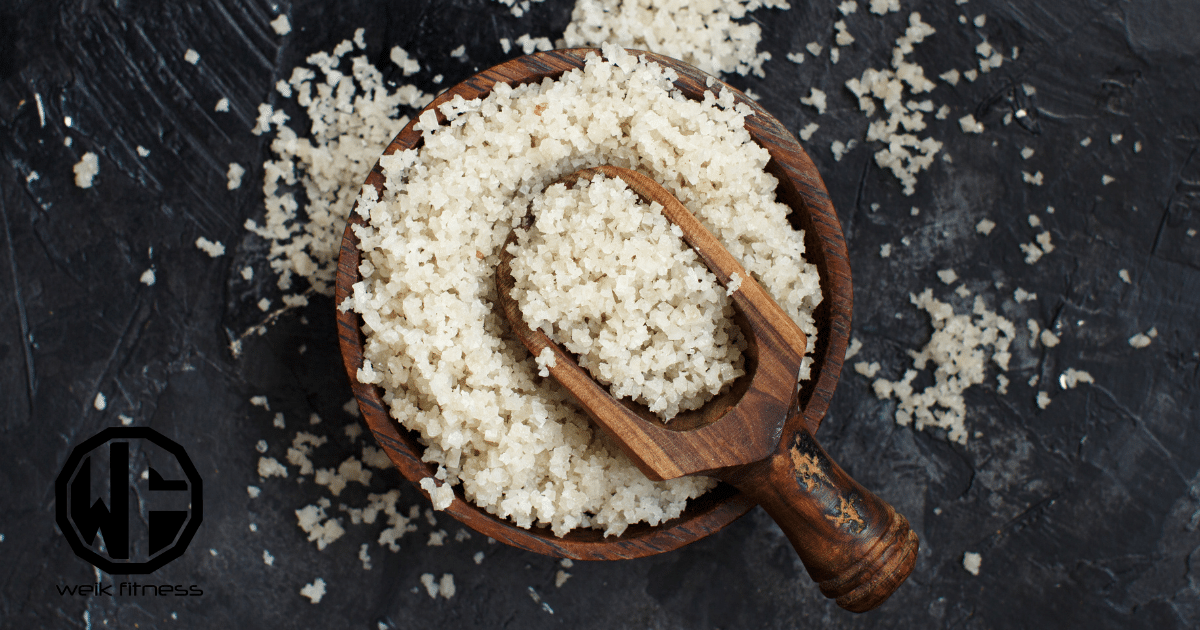
Equipped with such insights, I’m here to take you down a salty path toward making an educated decision about which of these minerals could wonderfully complement your dietary preferences and needs.
In this article, we will dive deeper and aim to simplify complex information into digestible chunks of knowledge and comparison.
To give you a better idea of what Celtic Salt is, below are two highly rated recommended products:
Disclaimer: This article is for informational purposes only and is not meant to treat or diagnose any condition. It is recommended that you speak with your doctor before starting any exercise program, changing your daily nutrition, or adding any supplements to your regimen.
Table of contents
Key Takeaways
- Celtic Salt has more magnesium, potassium, and calcium than Pink Himalayan Sea Salt. This makes it very good for your heart, bones, immune system, and muscle function.
- Both salts are made in natural ways that respect the environment. Celtic Salt is from shallow ponds exposed to sun and wind. Pink Himalayan Salt comes from deep mines and needs no chemicals or additives.
- The way these salts taste can change how your food tastes. Celtic Salt might taste a bit sweeter, which could make veggies taste better. Pink Himalayan Sea Salt has an earthy flavor that might be great for meats.
- Celtic salt also packs 34 trace minerals, which can add lots of nutrients to meals that processed foods might miss out on.
- When choosing between these two types of salt, think about what kinds of minerals you want more of in your diet and how they match up with the foods you like to eat.
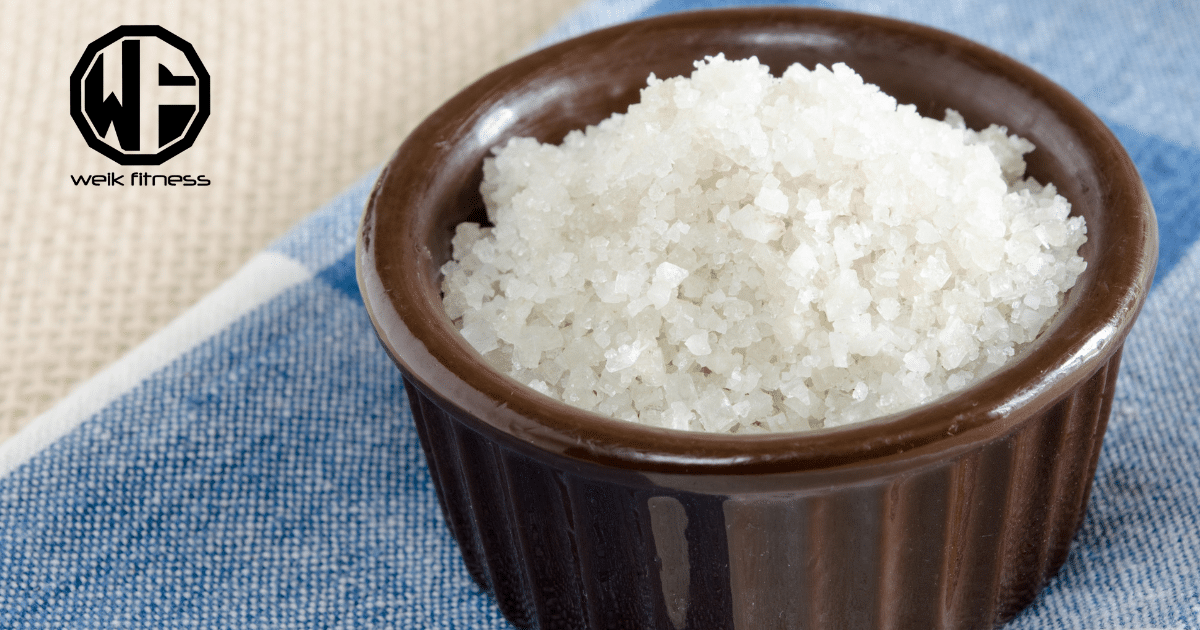
Celtic Salt vs. Pink Himalayan Sea Salt
Celtic Salt and Pink Himalayan Sea Salt differ in mineral content, production process, and taste. Each salt type offers unique health benefits based on its mineral content and balance, processing methods, and potential additives.
1. Mineral content of the different types of salt
Let’s talk about the importance of mineral content when choosing between Celtic Salt and Pink Himalayan Sea Salt. For health and longevity enthusiasts, understanding the differences can guide us to make better decisions for our well-being.
Here’s a simple comparison in the chart I created below:
| Mineral | Celtic Sea Salt | Pink Himalayan Sea Salt |
|---|---|---|
| Magnesium | Higher | Present |
| Potassium | Higher | Present |
| Calcium | Higher | Present |
| Sodium | Less | More |
| Iron | Present | Gives Pink Color |
| Total Trace Minerals | 34 | 84 |
| Iodine | Trace amounts | Naturally occurring |
As we look at the table, it’s clear that Celtic Sea Salt stands out with a higher concentration of magnesium, potassium, and calcium. These minerals play crucial roles in our bodies, from supporting heart health to ensuring our bones are strong.
Celtic Sea Salt, with its 82 trace minerals, offers a more diverse range of nutrients compared to Pink Himalayan Sea Salt. While both salts bring beneficial minerals to the table, the richness of Celtic Sea Salt’s mineral content makes it a noteworthy choice for those of us keen on optimizing our mineral intake for better health.
2. Production process
The way Celtic Salt and Pink Himalayan Sea Salt come into our kitchens is pretty amazing. For Celtic Salt, workers collect seawater in shallow ponds. Then, they let the sun and wind do their thing.
This simple method gently evaporates the water, leaving behind moist salt rich in minerals. It’s all done by hand — yes, real people use wooden tools to gather this grey sea salt. They don’t bleach it or strip it down.
What you get is pure, straight from nature.
Pink Himalayan Salt has its unique journey, too. Deep within mountains, miners chisel out large chunks of salt crystal by hand — a tradition that’s been around for ages. After mining these crystals, they wash them and dry them under the sun before breaking them down into smaller sizes for cooking or fine grinding for table shakers.
Just like Celtic Salt, nothing extra gets added; no chemicals or anti-caking agents find their way in there.
Both methods respect nature’s pace and keep things as untouched as possible, ensuring we enjoy these salts just as our ancestors might have.
3. Taste
Celtic Sea Salt and Pink Himalayan Sea Salt flavor our meals in unique ways. Both bring something special to the table, but they taste different because of their mineral makeup. I find Celtic Sea Salt has a softer, slightly sweet touch, perfect for dressing up veggies and salads.
On the other hand, Pink Himalayan Sea Salt offers a bold, earthy kick that works wonders on meats and heartier dishes.
Choosing between them isn’t just about salty or sweeter preferences — it’s about matching the salt to what you’re cooking. Their ability to enhance food without overshadowing it makes both salts staples in my kitchen.
Whether sprinkling over a finished dish for that gastronomic flair or mixing into recipes during cooking, these sea salts elevate simple ingredients to new heights of flavor delightfully.
Difference and Health Benefits of Celtic Sea Salt and Pink Himalayan Sea Salt
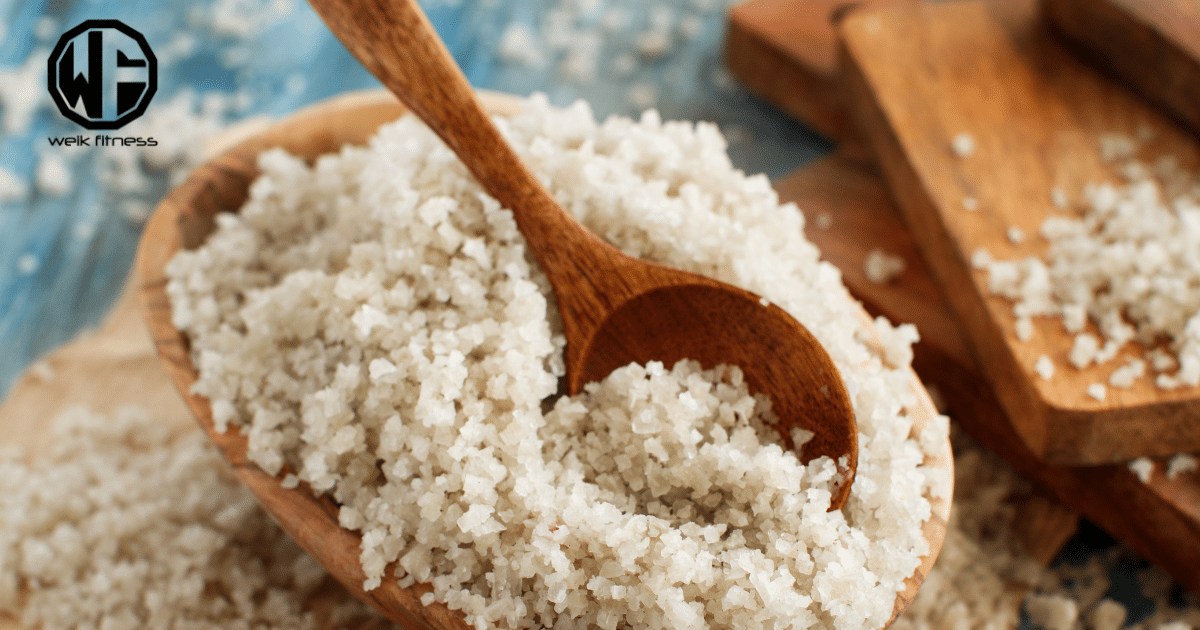
Celtic salt and Pink Himalayan Sea Salt differ in mineral content, taste, and production process. The mineral content and balance influence their potential health benefits. Processing and additives also contribute to the differences between the two salts.
1. Mineral content and balance by type of salt
Delving into the mineral content and balance of Celtic salt compared to Pink Himalayan Sea Salt is like unlocking a treasure chest of health benefits.
Let’s break it down in the chart below.
| Mineral | Celtic Sea Salt | Pink Himalayan Salt |
|---|---|---|
| Sodium Chloride | 84% | 98% |
| Magnesium | Higher | Lower |
| Potassium | Higher | Lower |
| Calcium | Higher | Lower |
Dr. Thomas Cowan, M.D. points out that Celtic sea salt might edge out Himalayan salt due to its richer mineral profile. This table shows why.
Celtic salt is packed with a variety of minerals and elements. This variety is not just for show. It supports your body in more ways than one. Magnesium, for instance, aids in muscle and nerve function. Potassium helps control blood pressure. And calcium is vital for bone health. With its 34 trace minerals, Celtic salt brings a lot to the table — literally and figuratively.
Related Article: The Best Plant-Based Protein on Amazon
In contrast, Pink Himalayan salt, while still a good option, leans heavily on sodium chloride. It does have added minerals, but the variety and balance lean towards Celtic salt.
So, looking at our health and aiming to nourish our bodies with what they truly need, the choice starts to become clear. It’s not just about adding flavor to our food. It’s about enriching our meals with minerals our bodies crave. This comparison doesn’t just highlight differences. It points us toward making choices that align with our health goals.
2. Potential health benefits
Overall, the Celtic Salt benefits are pretty impressive.
Consuming Celtic Sea Salt offers more magnesium, potassium, and calcium than other salts. It supports a healthy immune system, wound healing, heart health, and stable blood pressure. Additionally, it aids in hydration, electrolyte balance, and digestion support.
Himalayan salt helps prevent dehydration and facilitates muscle contraction and relaxation. It can also contribute to preventing lower blood pressure while benefiting the body in various ways.
3. Processing and additives
The production process of Celtic salt involves minimal processing, preserving its natural balance and spectrum of essential minerals. On the other hand, Pink Himalayan sea salt may contain trace nutrients and minerals due to a less refined production process.
When added to foods, Celtic salt can enhance their nutritional value by supplying vital trace minerals that are often lost in processed foods.
Processed in small amounts beyond drying and grinding, Celtic salt avoids additives like anti-caking agents. The larger crystal size ensures that it retains a natural balance and spectrum of essential minerals without additional fortification or chemical enhancement common in regular table salt.
Is Celtic Sea Salt a Better Option Than Pink Himalayan Sea Salt?
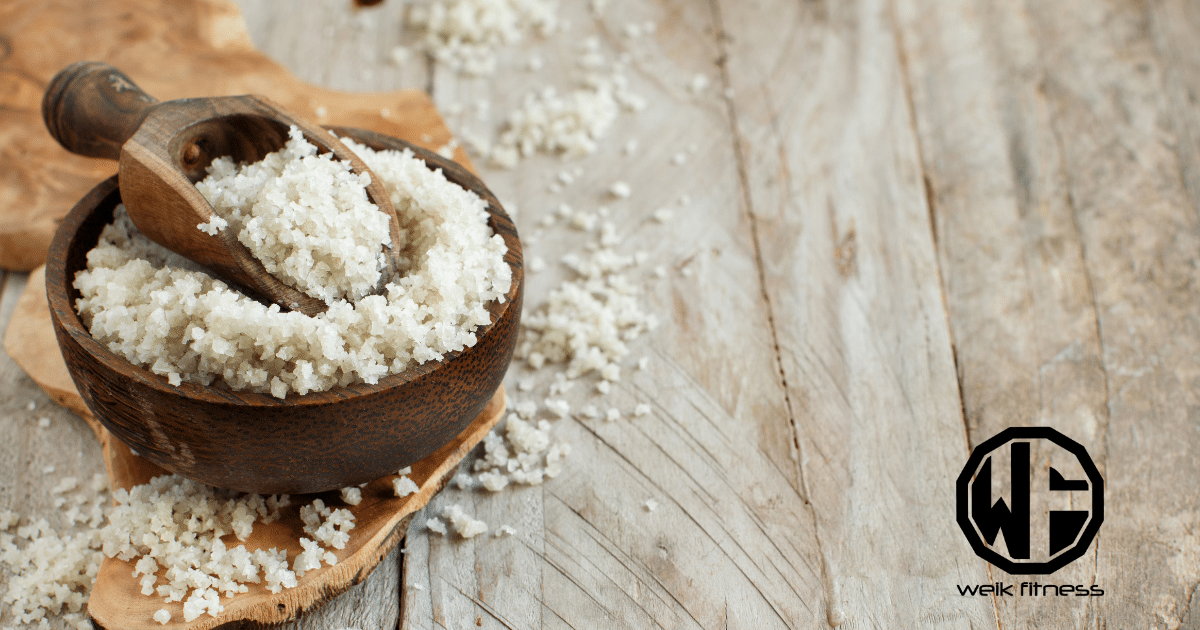
Celtic salt and Pink Himalayan sea salt both offer unique mineral content and potential health benefits. While the debate around these salts often centers on their mineral content, it’s essential to consider individual needs and dietary requirements.
Celtic salt contains various trace minerals that are beneficial for health compared to table salt, making it a healthier alternative. At the same time, Himalayan salt boasts higher trace mineral content, but both are considered better options than highly processed table salt.
Related Article: Sea Moss — An Untapped Health Secret from the Sea?
The choice between Celtic salt and Pink Himalayan sea salt ultimately depends on personal preferences and specific nutritional needs.
Below are two of the best and most recommended Celtic Salts on the market at the best price I could find. Feel free to check them out.
Celtic Salt FAQs
Celtic Sea Salt comes from pristine coastal regions, offering minerals like magnesium. It’s unrefined, often grey or sel gris, and harvested by hand with traditional methods. Pink Himalayan salt, known for its pink color, is mined from ancient sea beds and contains trace minerals, too.
Chefs love Celtic Sea Salt for its coarse texture and ability to enhance flavor without overpowering dishes. It’s perfect as a finishing salt but also versatile enough for seasoning throughout the cooking process.
Both salts boast minerals not found in regular table salt. However, differences in health benefits are not significant enough to declare one superior over the other — consulting a healthcare professional is best if you’re considering changes to your diet.
Thanks to its moist texture and larger crystals, Celtic Sea Salt offers a subtle brininess that complements food rather than making it taste “salty.” Its unique mineral content can also add depth of flavor that regular table salt lacks.
Absolutely! Whether it’s fine ground for your shaker or coarse for seasoning meats and veggies, it’s an all-purpose shaker salt that brings out the best in your meals.
Just remember, while transitioning might be straightforward (it fits right into your existing recipes), keeping an eye on overall sodium intake is important as both types of sea salts are high in sodium; moderation is key.
Resources
- https://www.eatingwell.com/article/8077166/what-is-celtic-sea-salt/
- https://www.healthline.com/nutrition/pink-himalayan-salt
- https://longevity.technology/lifestyle/what-no-one-tells-you-about-celtic-salt-vs-himalayan-salt/
- https://pharmeasy.in/blog/celtic-salt-benefits-uncovering-unique-health-advantages-in-research/
- https://www.drberg.com/blog/himalayan-vs-celtic-sea-salt-which-is-better


*Disclosure: This article may contain affiliate links or ads, which means we earn a small commission at no extra cost to you if you make a purchase through these links. These commissions help support the operation and maintenance of our website, allowing us to continue producing free valuable content. Your support is genuinely appreciated, whether you choose to use our links or not. Thank you for being a part of our community and enjoying our content.
PLEASE CONSIDER SHARING THIS ON YOUR SOCIAL MEDIA TO HELP OTHERS LEARN MORE ABOUT THIS TOPIC. SIMPLY CLICK BELOW!

